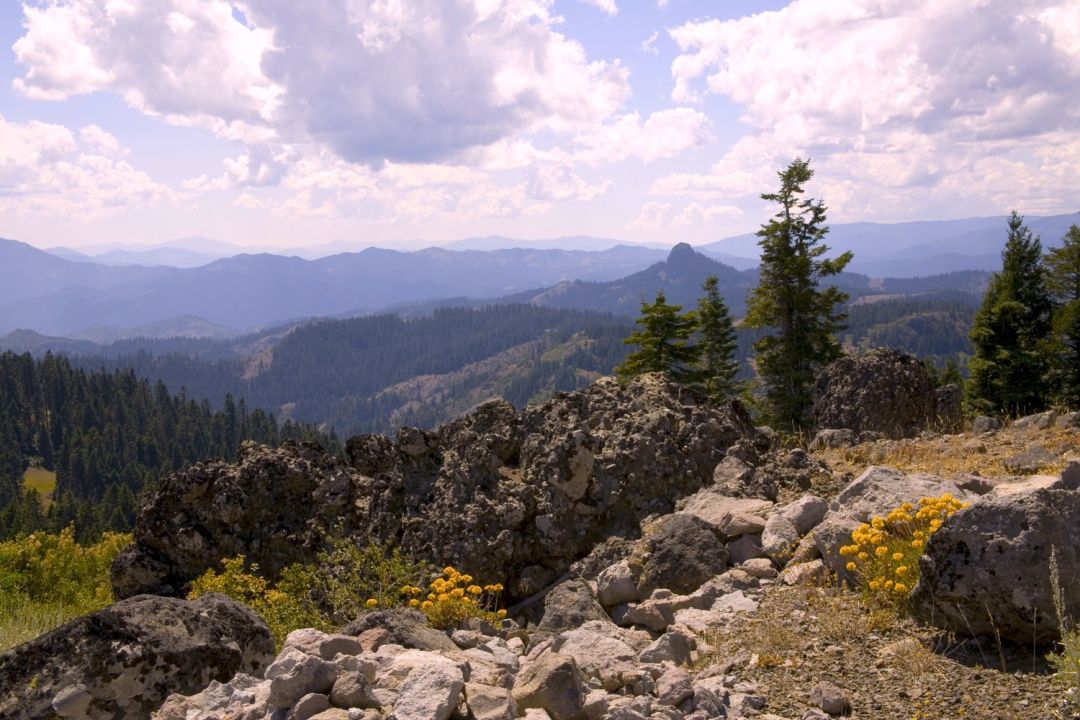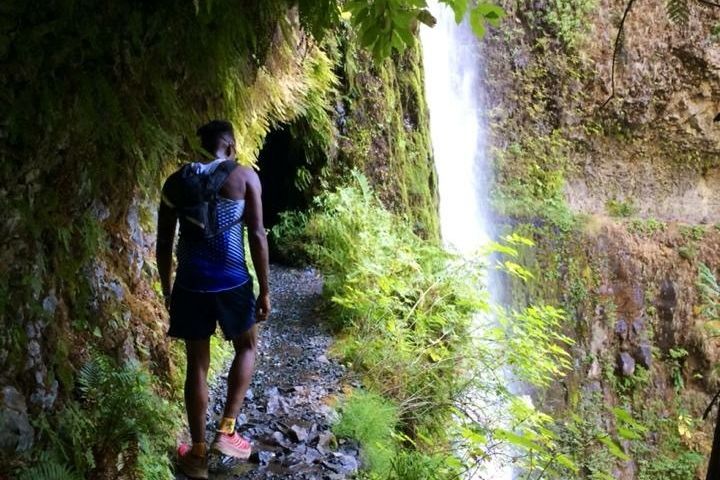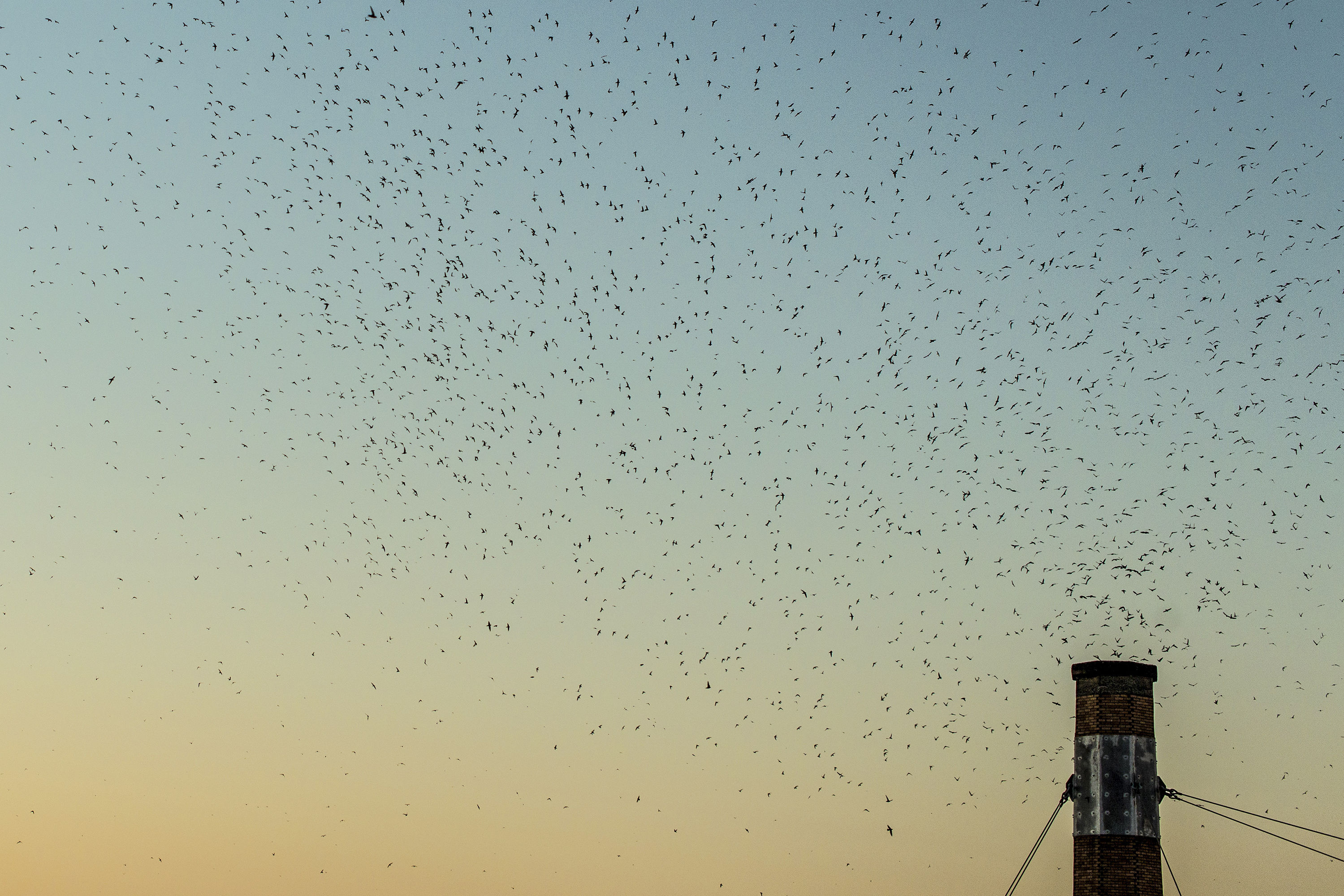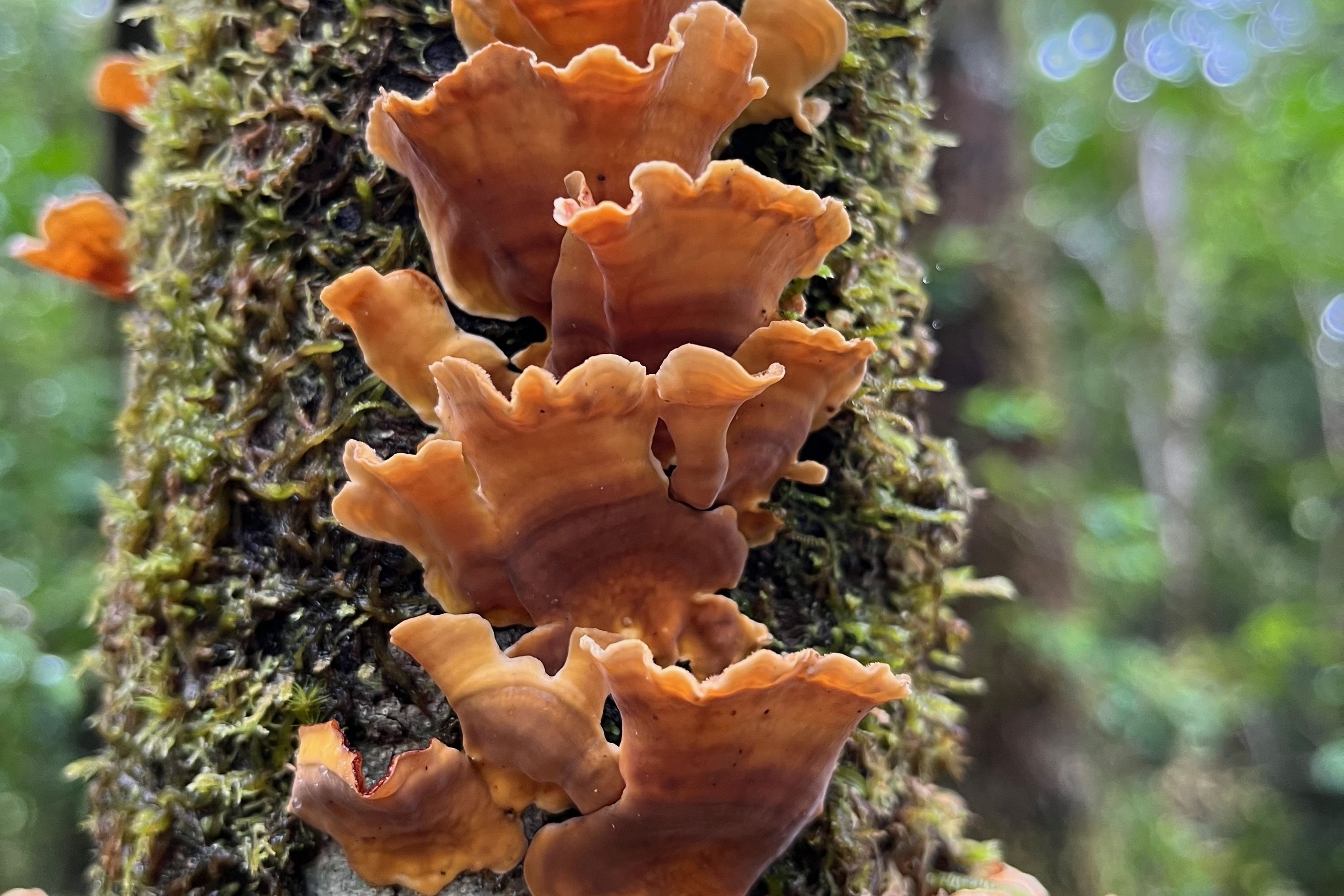Celebrate National Public Lands Day (While We Still Have Them)

The Cascade-Siskiyou National Monument is one of four across the nation that the Department of Interior is, according to recently leaked documents, looking to shrink in size.
Oregonians take pride in their trees, trails, and untouched wilderness. After all, a quarter of our state—some 15.7 million acres—is publicly owned, managed by the federal Bureau of Land Management. Yet being surrounded by lush forest and stunning backcountry also means we can take the state’s natural beauty for granted. On September 30, we can give back during the 23rd annual National Public Lands Day.
The national volunteer day launched back in 1994, established by the National Environmental Education and Training Foundation to boost public awareness and volunteerism. That year, three federal agencies and 700 volunteers participated. It's since grown, the foundation claims, to become the largest single-day volunteer event for public lands. Last year, some 200,000 volunteers participated at more than 2,600 sites across the country.
As recent events show, every day we can enjoy our public lands is precious. Consider the fires now marring thousands of acres in the Colombia River Gorge, a human-caused wildfire aflame since Labor Day weekend. Many historic sites and popular trails, including the Eagle Creek Trail where the fire started, have been damaged, and the historic Oneonta Tunnel was devastated.
Fire is not the only thing threatening Oregon’s public land; politics, of late, is as well. Southern Oregon's Cascade-Siskiyou National Monument—established during President Bill Clinton’s tenure and expanded by 48,000 acres during Obama’s—currently encompasses around 113,000 acres. However, according to a recently leaked memorandum submitted to the Trump administration in August, Interior Secretary Ryan Zinke—head of the federal department that oversees agencies including the BLM and National Park Service—is recommending the monument's borders be "revised" (downward) to allow for more timber production. Oregon's monument is one of at least four that Zinke would like to reduce in size.
Public land is owned by the federal government and dedicated to public use: “places Americans use for outdoor recreation, education, and other enjoyment,” according to the BLM. Public lands include national parks, like Crater Lake, scenic recreation areas, like the Columbia Gorge, and monuments like the Cascade-Siskiyou, along with wildlife refuges, forests, grasslands, marine sanctuaries, lakes, and reservoirs. These lands can be managed at the federal, state, county, or local level, but always with a mandate to preserve public access and broadly civic aims. What exactly we mean by access and civic aims, of course, is a debate that's raged since the era of John Muir. One thing is for sure: if the public doesn't lead the debate on how these lands should be used, private interests certainly will.
Here in Oregon, you can celebrate National Public Lands Day by volunteering at more than 100 events across the state. Plant trees at the Schwarz Campground in Cottage Grove during an event hosted by the US Army Corps of Engineers, or head to Bertelsen Nature Park to pick up trash and pull invasive species with the Willamette Resources & Education Network.
If you can’t find time to volunteer the day of, plenty of events are also scheduled in the days just prior and after. From September 16 to October 1, multiple beaches along the Oregon Coast will get some love from work parties organized by SOLVE Beach and Riverside Cleanup. (Find SOLVE events and other volunteer opportunities here.)
The Portland area’s regional government, Metro, is also participating. Metro, which helps maintain more than 17,000 acres of parks, trails and natural areas across the Clackamas, Multnomah and Washington counties, is putting on a September 30 volunteer event to cleanup Chehalem Ridge—a natural area opened to the public in February of 2016.
If you don’t want to volunteer, you can simply spend the day enjoying Oregon’s great outdoors. Most national parks, including Crater Lake National Park, will be fee-free that day, so take the chance to visit one of our state’s eight national parks, trails, and monuments.




